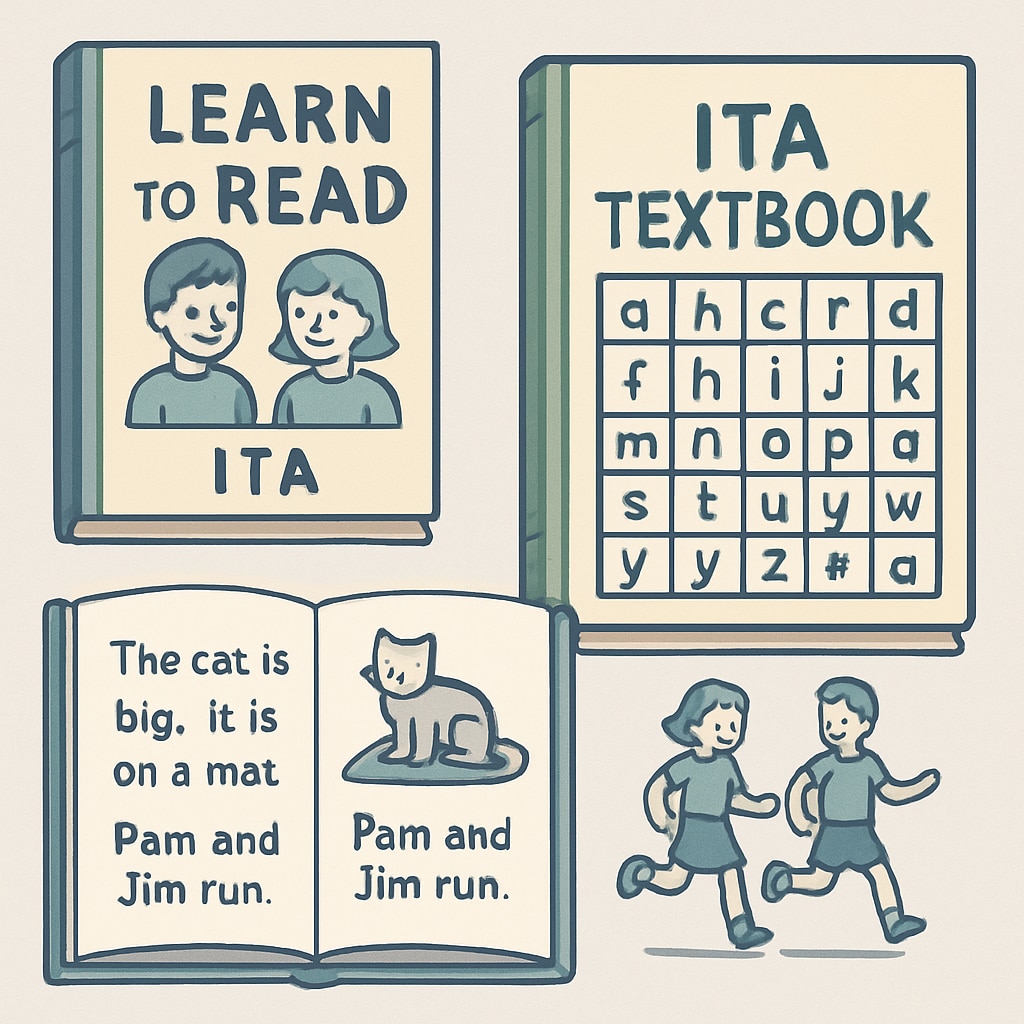The ITA (Initial Teaching Alphabet), introduced during the 1970s as an innovative approach to literacy education, was designed to simplify the process of learning to read and write. While it aimed to make early literacy more accessible, this experimental method left a legacy of unintended consequences, particularly regarding long-term spelling skills. By analyzing the history, implementation, and controversy surrounding ITA, we can understand its broader implications for educational innovation.
The Rise of ITA in the 70s
The ITA was developed by Sir James Pitman in the 1960s and gained popularity in the 1970s. The method used a simplified 44-character alphabet to represent the phonetic sounds of English, making it easier for young learners to decode words. This phonetic approach aimed to bridge the gap between spoken and written language, alleviating the complexities of English spelling rules.
However, the transition from ITA to the standard English alphabet proved challenging for many students. While ITA simplified early reading, it did not prepare learners for the irregularities of traditional English spelling. As a result, students often struggled to adapt to conventional spelling, leading to long-term literacy issues.

Long-Term Effects on Spelling Skills
One of the most significant criticisms of ITA is its impact on spelling skills. Children educated with ITA often developed a reliance on phonetic spelling, making it difficult for them to master standard spelling conventions later in life. For example, words like “night” might be spelled as “nite,” reflecting ITA’s simplified approach.
Research has shown that while ITA students initially performed well in reading and writing, their spelling skills lagged behind peers taught with traditional methods. These challenges persisted into adulthood for some individuals, raising questions about the effectiveness of experimental educational methods.
Lessons Learned from the ITA Experiment
ITA’s widespread use in the 1970s serves as a cautionary tale for educators and policymakers. While the method had noble intentions, its long-term impact on literacy skills highlights the importance of thoroughly evaluating educational innovations before implementation. Specifically, the ITA experiment underscores the need to consider:
- Long-term adaptability: Ensuring that new methods prepare students for real-world applications, such as conventional spelling.
- Holistic approaches: Balancing innovation with foundational skills to avoid unintended consequences.
- Ongoing assessment: Regularly evaluating the effectiveness of educational methods through longitudinal studies.

Conclusion: A Call for Careful Innovation
The ITA’s influence on 70s education and its lingering effects on spelling skills remind us of the complexities of educational reform. While innovation is essential for progress, it must be balanced with a comprehensive understanding of its potential long-term impact. By learning from past experiments like ITA, educators can develop methods that enhance literacy without compromising fundamental skills.
As we continue to explore new approaches to education, the ITA experiment serves as a valuable lesson: progress must be measured not only by immediate results but also by the lifelong outcomes it creates for learners.
Readability guidance: This article uses short paragraphs and lists to enhance comprehension. Transition words such as “however,” “for example,” and “therefore” are integrated throughout to improve flow. Passive voice is minimized, and complex sentences are used sparingly.


